The cryptocurrency mining industry has come a long way since the first Bitcoin block was mined in 2009. In just over a decade, the hardware powering this industry has evolved from humble CPUs to ultra-efficient ASICs designed for maximum performance. This evolution has transformed crypto mining from a hobbyist pursuit to a multi-billion-dollar industry. In this blog, we’ll trace the journey of mining hardware evolution, its key milestones, major devices, and what the future might hold.
1. The CPU Era: The Dawn of Bitcoin Mining
In the earliest days of Bitcoin, mining was done using the Central Processing Unit (CPU) of standard desktop computers. Bitcoin's creator, Satoshi Nakamoto, designed it to be accessible to anyone with a computer and an internet connection.
-
Advantages: Accessible, low barrier to entry.
-
Disadvantages: Extremely low hashing power and efficiency by today's standards.
At this stage, mining could be done from a laptop, and miners earned significant block rewards. However, as more people joined the network, the difficulty of mining increased, making CPUs inadequate.
2. The GPU Era: A Leap in Parallelism
Around 2010, miners began shifting to Graphics Processing Units (GPUs). Originally designed for rendering video game graphics, GPUs could perform complex mathematical operations in parallel—ideal for mining Bitcoin's SHA-256 algorithm.
-
Key Milestone: The ATI Radeon HD 5970 became a favorite among miners for its high hash rate.
-
Impact: GPU mining sparked interest in altcoins, especially Ethereum (ETH), which was explicitly designed to be ASIC-resistant and GPU-friendly.
GPU mining not only increased mining efficiency by several hundred times over CPUs but also paved the way for mining cryptocurrencies with different algorithms such as Ethash, Equihash, and KawPow.
3. The FPGA Phase: A Brief but Important Transition
Field-Programmable Gate Arrays (FPGAs) marked an intermediary stage between GPUs and ASICs. These reprogrammable silicon chips allowed miners to optimize performance for specific algorithms, gaining a competitive edge in energy efficiency.
-
Pros: Customizable logic, lower energy usage.
-
Cons: Technically complex, expensive, and difficult to program.
FPGAs weren’t widely adopted among casual miners due to their complexity, but they introduced the concept of hardware customization, which paved the way for ASIC development.
4. ASICs: The Industrial Revolution of Crypto Mining
Application-Specific Integrated Circuits (ASICs) changed everything. These chips are designed exclusively to perform a single hashing algorithm, such as SHA-256 (Bitcoin), Blake2s (Siacoin), or KHeavyHash (Kaspa).
-
First Mainstream Model: Avalon ASIC by Canaan Creative, released in 2013.
-
Popular Models Today:
-
Bitmain Antminer S21 Pro – High-efficiency Bitcoin miner with >200 TH/s.
-
IceRiver KS3 – Designed for KASPA mining with unmatched energy savings.
-
Goldshell KD MAX – Focused on Kadena mining with compact design.
-
ASICs brought mining into the industrial era, enabling the creation of large-scale mining farms. With significantly higher hash rates and lower power consumption per unit, they became the default hardware for most profitable coins.
Centralization Challenges
However, ASICs also led to the centralization of mining power. Only those with access to capital and industrial facilities could stay competitive, reducing the decentralization that Bitcoin initially stood for.
5. Modern Mining Hardware: Focus on Efficiency and Versatility

Today's mining hardware is about more than just raw power—it’s about efficiency. The shift from brute-force hashing to smarter, cooler, and quieter machines has opened doors to home-based mining again, especially with coins like Kaspa, Alephium, and Litecoin.
-
Mini ASICs like Goldshell AL Box or Avalon Nano 3S make it possible for small-scale miners to participate profitably.
-
Hydro Cooling ASICs (e.g., Bitmain Antminer S19 Hydro) now dominate data centers with quiet, heat-efficient setups.
-
WiFi-enabled plug-and-play miners simplify the setup process for beginners.
6. Cloud and Mobile Mining: The Experimentation Phase
Although not as profitable, cloud and mobile mining platforms have emerged as ways to introduce beginners to crypto mining without physical hardware. Apps like ECOS, Kryptex, or Cudo Miner provide cloud-based solutions or utilize idle PC power.
-
Drawback: Low ROI and potential for scams.
-
Benefit: Easy onboarding, no technical knowledge needed.
7. The Future of Mining Hardware
As block rewards decrease and mining difficulty increases, the future of crypto mining hardware will emphasize:
-
Energy Efficiency: Devices with better performance-per-watt ratios will dominate.
-
AI & Smart Monitoring: Hardware with AI chips for auto-adjustment and real-time diagnostics.
-
Green Mining: Solar-powered and carbon-offset mining operations will be prioritized.
-
Decentralized Incentives: Lotto-style miners like Lucky Miner LV08 bring gamification into mining by offering probabilistic rewards instead of fixed returns.
The ongoing evolution also hinges on broader shifts in the crypto ecosystem. Ethereum’s move to Proof of Stake (PoS) marked a shift away from energy-intensive mining. Other blockchains may follow suit, reducing the role of hardware in consensus mechanisms.
Conclusion
From CPUs to ASICs, the journey of mining hardware reflects the relentless innovation that drives the cryptocurrency world. What began as a decentralized experiment has grown into a global industry with specialized hardware, massive data centers, and global infrastructure. As miners, staying informed about hardware trends and technological shifts is essential to remaining profitable and future-ready.
Whether you're a newcomer exploring plug-and-play options like the Goldshell Box series or a large-scale operator investing in the latest Antminer S21+, understanding the evolution of mining hardware helps you make better decisions and adapt to an ever-changing landscape.
References
-
https://www.cryptominerbros.com/blog/crypto-mining-hardware-evolution/
-
https://asicjungle.com/asic-magazine/articles/the-history-and-evolution-of-bitcoin-mining
-
https://rootstock.io/blog/bitcoin-mining-evolution-cpus-asics-merged-mining
-
https://coinshares.com/resources/knowledge/the-rise-of-bitcoin-mining

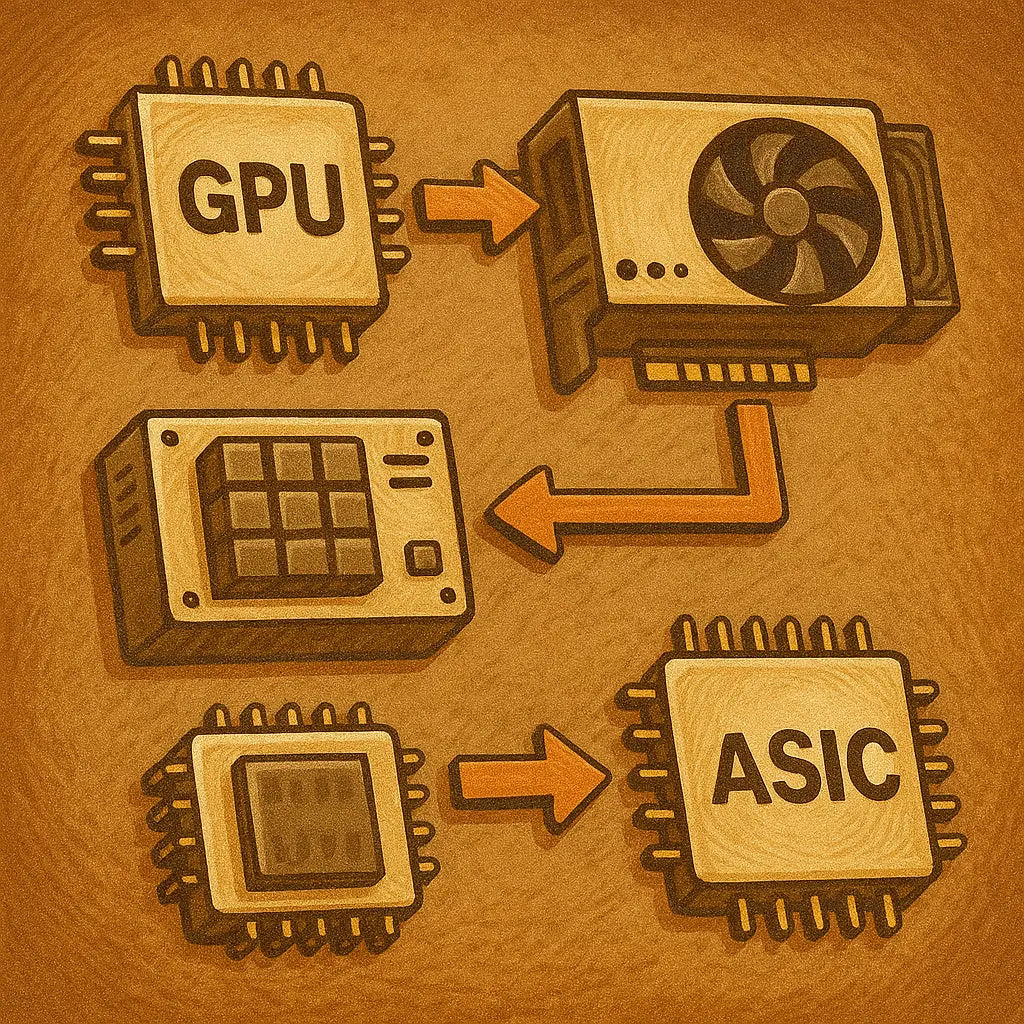



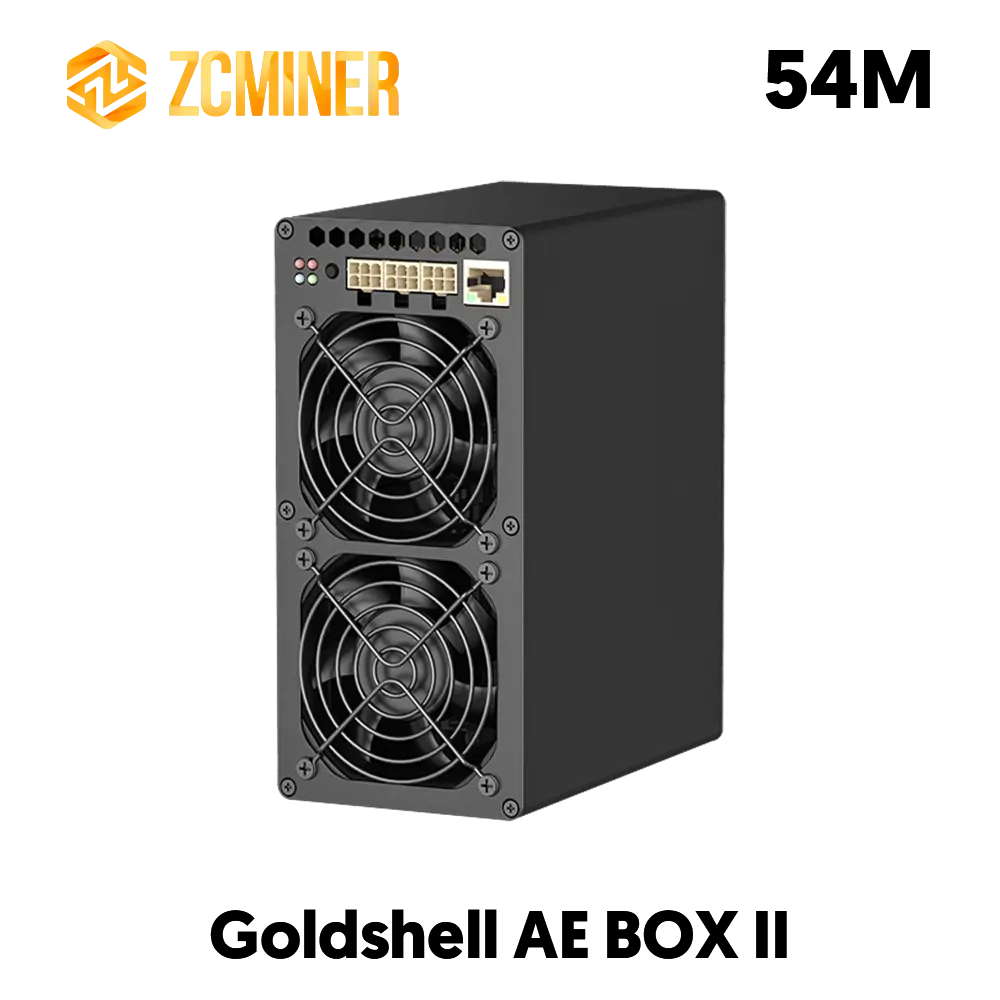
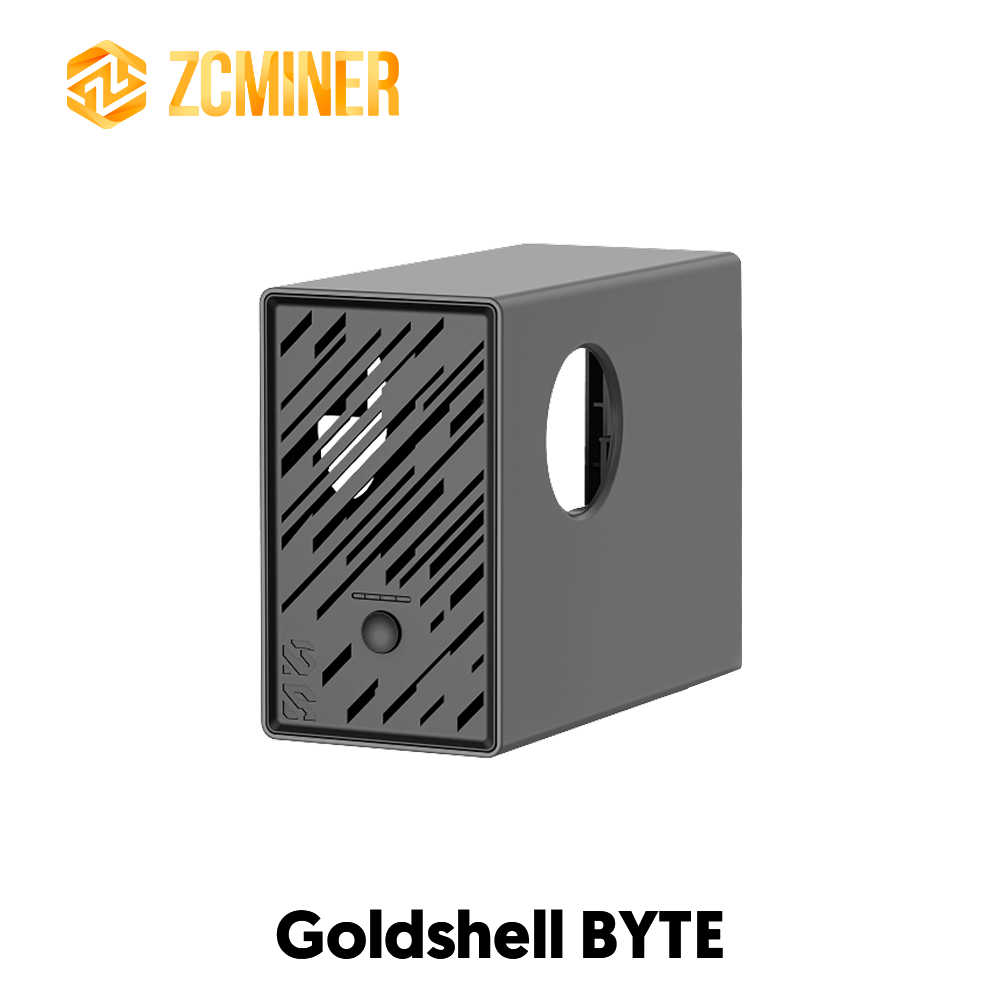
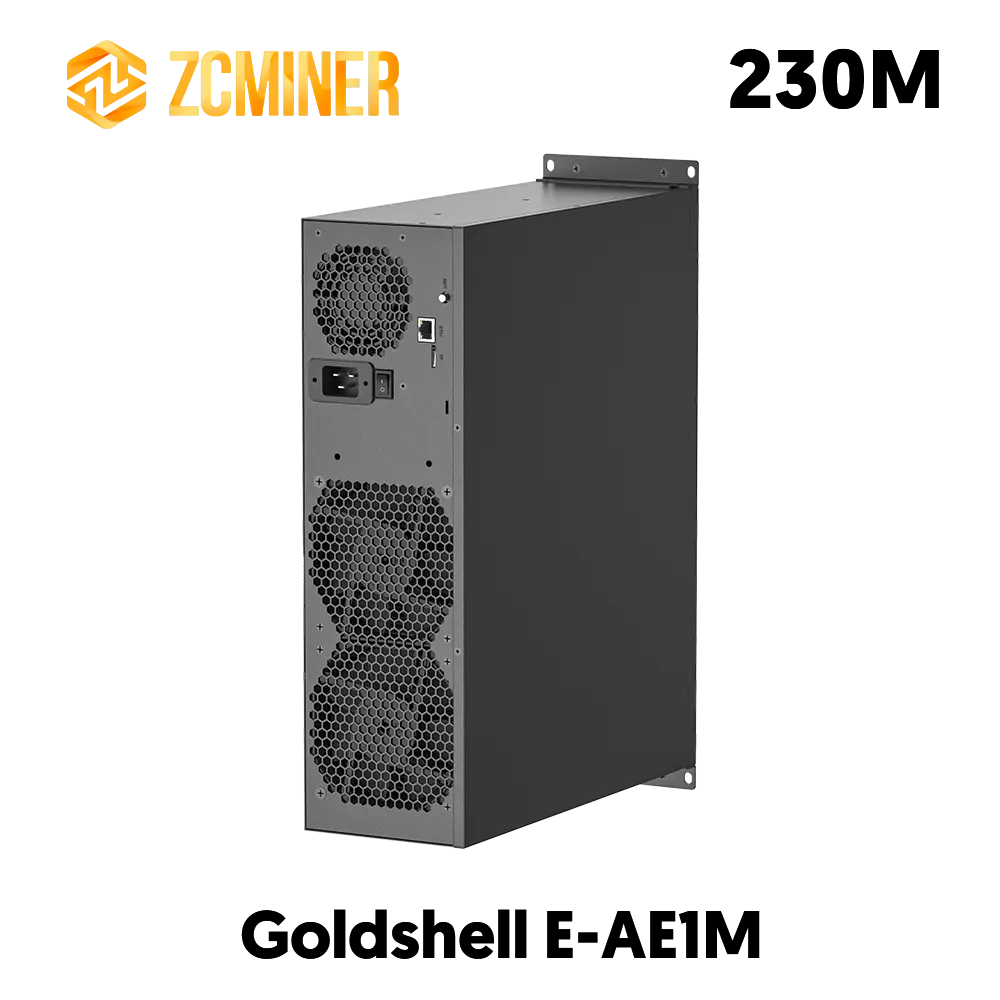
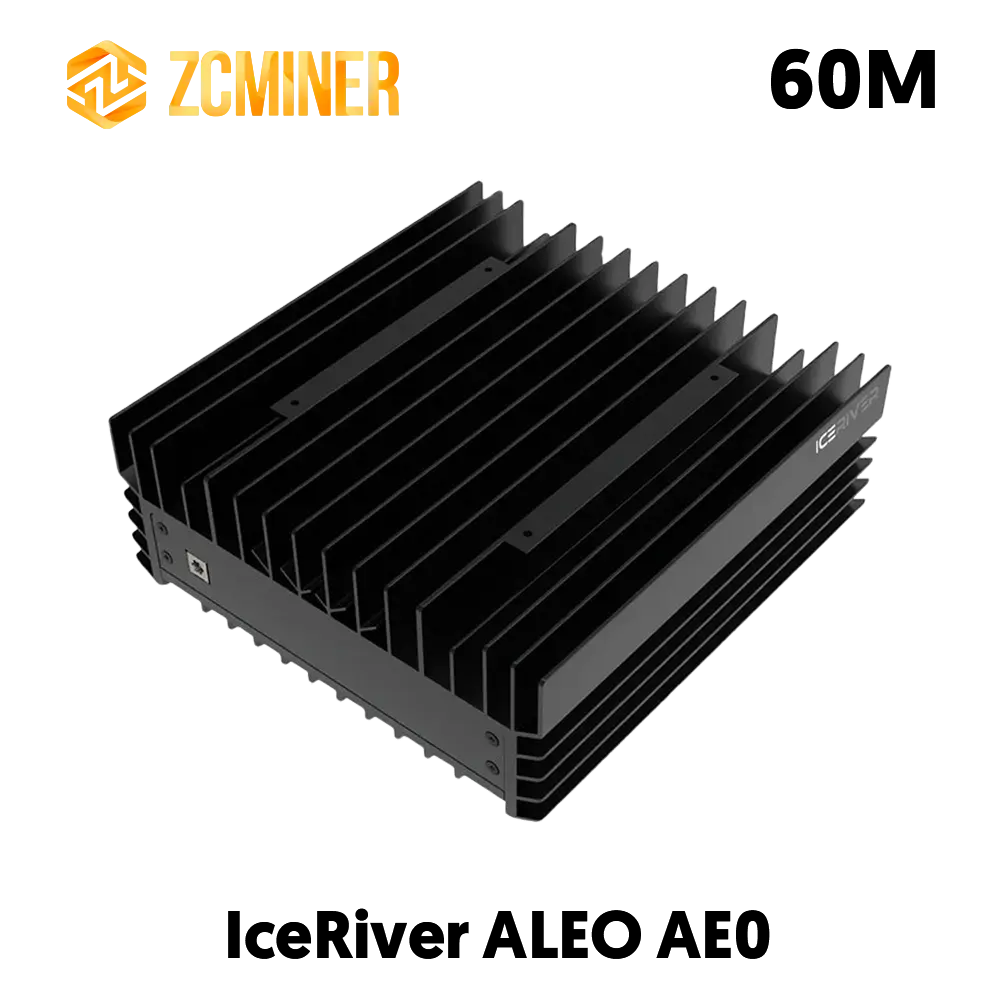


Leave a comment
This site is protected by hCaptcha and the hCaptcha Privacy Policy and Terms of Service apply.